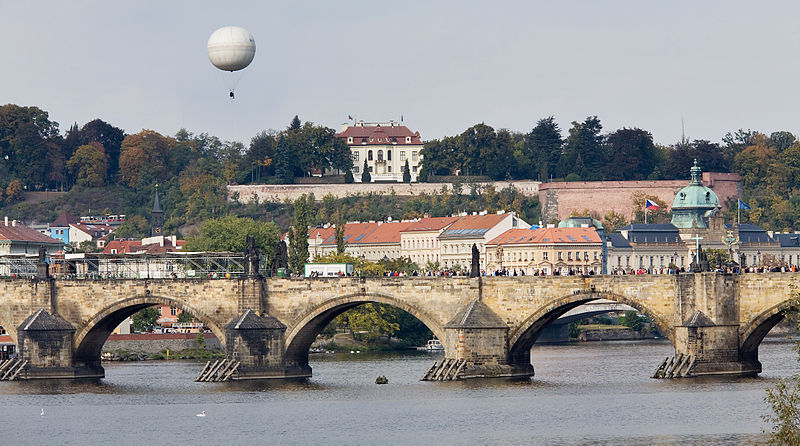Active learning opportunities in the form of school exchanges and field trips are also available all over the l'Union Européenne (European Union, the French reverse the EU). The EU sponsors cultural bridge opportunities for schools across member states, such as those available under the Comenius Lifelong learning program. From our U.S. perspective, these opportunities seem so cosmopolitan because they involve the crossing of national borders and multiple languages, whereas field trips across similar distances in the U.S. take us at most to another state. But the active learning occurs regardless of where the field trips take students. This year and next year, our boys' school is engaged in Comenius-sponsored bilateral school project with a middle school in Prague. (Details about EU-sponsored Comenius Bilateral school projects are available directly on the EU website for Lifelong learning programs, click here http://ec.europa.eu/education/comenius/school_en.htm and then on the link to bilateral projects.
The subject of the bilateral project between Collège Auguste Mignet in Aix en Provence and Ďáblice middle school in Prague is the Czech composer Boruslav Martinů. He studied and performed music in Prague, and after leaving his homeland en route to the United States, he made a brief visit to Aix, where he composed some music and developed a friendship with Aix composer Darius Milhaud (for whom the Aix music conservatory is named). (Click here for a brief explanation of the project thus far, by the organizing teacher on the French school's website, in French. Click here for my translation, in English. And again here, for the Czech school's announcement of the project, in Czech. ) Martinů thus represents un pont entre deux cultures (a bridge between two cultures), while the bilateral school project itself offers a pedagogical bridge over which the students will make connections between what they are learning about Martinů at school and what they experience in the physical and cultural environment in which he did some of his work. Of course, I see many sociological learning opportunities here as well, as the students will surely begin to recognize that underlying the cultural and linguistic differences are basic social and human qualities that we all share.
Right now, the French school's students are doing their 'detective work', as the organizing teacher calls it, to understand who Martinů was, and what his connection to Aix was. They are also learning some basic Czech and rehearsing a theatrical piece inspired by Martinů and his life that they will perform while in Prague. Our son's private piano teacher is helping him learn a bit about Martinů through his music, with a lively and challenging piano composition from Borová, his Seven Czech dances (in this case, the 7th dance). The actual 10-day trip to Prague this spring will represent the high point of active learning, where students will gain understanding by crossing the bridge between abstract knowledge and concrete experiences, and during which they will no doubt trace Martinů's steps in Prague a bit, perhaps even crossing some of the same physical bridges as he did. An equivalent learning experience will take place for the Czech students when they come to Aix the following year to see where Martinů lived briefly and composed. While some of the learning on both sides is taking place in English, both groups of students will also be immersed linguistically and culturally within their host families on their respective visits. As our family has so clearly discovered during our French adventure, such immersion is the ultimate active learning experience!
 | |
| St. Charles Bridge in Prague © Jorge Royan / http://www.royan.com.ar / CC-BY-SA-3.0 under Creative Commons Attribution-Share Alike 3.0 Unported |

No comments:
Post a Comment